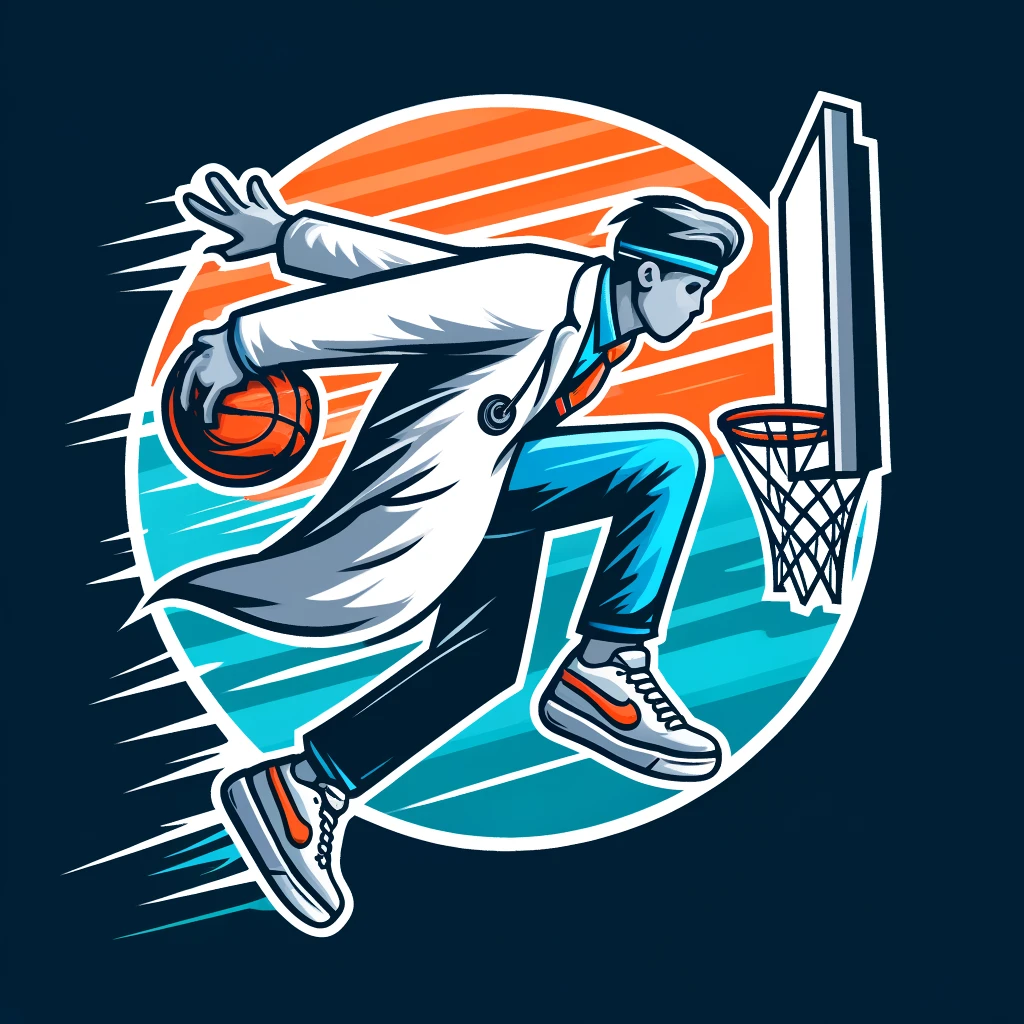Ah, Week 11 of my vertical jump training—a journey that began with the noble goal of defying gravity and executing a slam dunk that would make even Mac McClung nod in approval. Instead, I find myself in a familiar place: the Plateau Café, where the only thing being served is a tall glass of “Why am I not improving?”
Déjà Vu All Over Again
This isn’t my first rodeo with plateaus. Over the past five years, I’ve tried every method short of attaching rocket boosters to my sneakers to increase my vertical leap. Each time, initial progress gives way to a maddening standstill, like trying to sprint through molasses. At this point, I feel like I’m stuck in a bad relationship with gravity—it just won’t let me go.
I saw great progress early on, my jump numbers creeping up like an underdog team in the playoffs. But then, the momentum slowed, and suddenly, it’s like my legs forgot they were in on the plan. I know I’m on track to dunk by the end of the year, but right now? That rim still feels way too far away.
Turning Up the Heat: Intensifying the Routine
This week, I decided to spice things up by increasing the intensity of my workouts. Enter Post-Activation Potentiation (PAP), or as I like to call it, “the art of convincing your muscles they’re stronger than they think.” PAP involves performing a heavy lift followed by an explosive movement, tricking your nervous system into unlocking extra power.
Research supports this approach, showing that PAP can enhance explosive movements like vertical jumps (Nature, 2024). If high-level athletes are using it to improve power output, I figured it was worth a shot. I incorporated PAP nearly every day this week, treating my nervous system like a muscle that needs frequent reminders of what we’re trying to accomplish.
Every Day is Leg Day (Sort of)
Conventional wisdom suggests that muscles need time to recover, but neurological adaptations—like those targeted by PAP—don’t require extended downtime. By carefully monitoring volume and avoiding overtraining, it’s possible to train these adaptations more frequently. So, on my non-plyo days, instead of taking a full break, I added a heavy lift with a quick explosive exercise to keep my nervous system primed.
Some of the lifts I’ve focused on include:
- Back Squats – A staple for lower body strength.
- Back Squats with Resistance Bands – The bands increase tension at the top while allowing acceleration at the bottom, reinforcing explosive power.
- Rear-Foot Elevated Split Squats – Great for unilateral strength and balance.
- Hex Bar Deadlifts – A solid mix of strength and power generation.
Banding Together: The Glute Activation Saga
To ensure my glutes are pulling their weight (pun intended), I’ve added a medium-resistance band around my knees during heavy lifts. This counterforce promotes proper mechanics and activates the gluteus maximus more effectively. Studies show that using resistance bands during exercises like squats can significantly increase glute activation, leading to better performance (PMC, 2020).
Basically, I’m training my glutes to stop being lazy freeloaders and start acting like the powerhouses they were meant to be. The extra resistance forces me to maintain proper knee alignment, which has already made my squat mechanics feel stronger. Plus, nothing reminds you to engage your glutes like the threat of your knees caving in under heavy weight.
Signs of Life: The Needle Moves
I’m hesitant to jinx it, but I think I saw some signs of improvement this week. My jumps felt a little more explosive, and I managed to touch a rim that’s been just out of reach for months. It’s not a dunk yet, but it’s progress. And right now, I’ll take any win I can get.
Progress in strength training and athletic performance isn’t linear. There are peaks, valleys, and long, frustrating plateaus. But if I’ve learned anything in my five-year battle with gravity, it’s that you have to trust the process. Sometimes, progress is happening beneath the surface, even when you can’t see it.
The Takeaway: Keep Showing Up
Plateaus are the universe’s way of testing our resolve. They separate those who give up from those who push through. If you’re facing a similar standstill in your training, remember: adjusting your routine, incorporating scientifically-backed methods like PAP, and focusing on muscle activation can reignite progress. And if all else fails, there’s always the option of lowering the hoop—but where’s the fun in that?
I’ll keep going to the well until the well is dry. And something tells me this well isn’t empty yet. Stay tuned for Week 12, where I either break through this plateau or start considering ways to make my arms longer. Either way, it’ll be entertaining.

